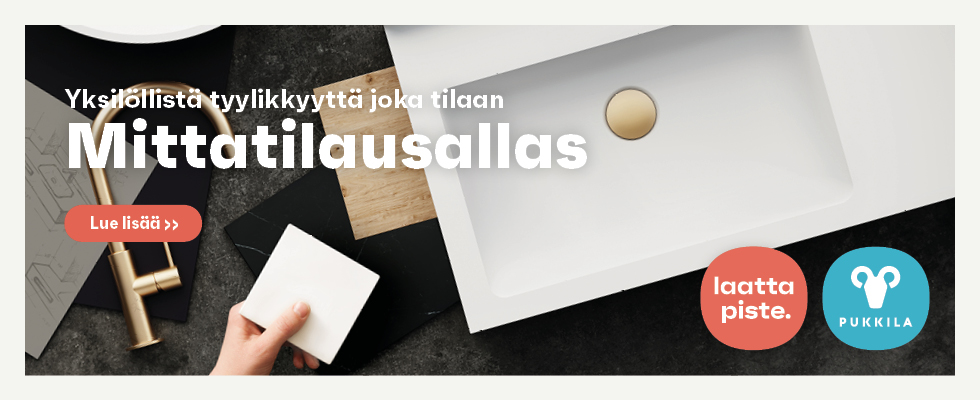Safety
Systems
Artifical intelligence can improve maritime safety

In an ongoing two-year programme, researchers have teamed up to look into new techniques for autonomous navigation. The aim is to improve safety and accurate positioning at sea. Tallink’s ship Megastar will take part in the research project as the platform for onboard field tests.
Research Manager at Finnish Geospatial Research Institute, Dr. Sarang Thombre, is currently leading the research project titled ’Artificial Intelligence / Machine Learning Sensor Fusion for Autonomous Vessel Navigation’ (Maritime AI-NAV). The project is being funded by European Space Agency (ESA).
”Our aim is to investigate how European satellites and space programs – such as the Galileo and EGNOS systems – can be utilised for autonomous vessel navigation. Aalto University and Fleetrange Ltd. are also taking part in the project,” Dr. Thombre outlines.
For onboard testing, new sensor equipment will be installed on the Tallink’s cruise ship Megastar. The technology will combine data from visual images, environmental sound recordings, radar and LiDAR ranging, satellite navigation, and vessel transponders.
The goal is to automatically identify and recognise objects – such as navigation- aids and other vessels or boats around the ship – and to provide improved situational awareness information by way of sensor fusion.
System requirements have been determined
With the equipment installed, the ship can perform its own positioning and have situational awareness of its surroundings.
”Fully autonomous ships can utilise such information to make decisions about navigation, but that will be a subject for future research programs,” Thombre mentions.
The current research project will last two years, from January 2019 until the end of 2020. At present, the research team consists of eight professionals.
”This is a nice project, with a good combination of academics and enterprises. Apart from us, some private companies are carrying out research in the field of autonomous vessels, but their research data will not necessarily become public information,” notes Thombre.
”The first phase in the research – the system requirements review – has now been reached. We have compiled a list of satellite navigation receivers, audio sensors, cameras, LiDARs and manufacturers. Meanwhile, Aalto University has carried out algorithm research.”
Field testing expected in 2019
When selecting the sensors, the researchers had to consider how they could ultimately be operated if installed aboard autonomous vessels. Also, the choice was made between sensors that were commercially available. Not many were specifically designed for this project.
”Next, the sensors and other hardware will be procured and software for data extraction will be prepared. The sensors will be integrated and tested for seeing how data can be extracted and processed. This will be done by December 2019,” Thombre explains.
”Then, in the spring of 2020, the equipment will be actually installed aboard the ship. A short field campaign will be carried out for data analysis with algorithms.”
If the sensors are working properly, they will be utilised for onboard data collection for a period of three months. In the final phase, the collected data will be thoroughly analysed.
Data extracted from numerous sources
Managing Director of Fleetrange Ltd., captain Henrik Ramm-Schmidt recounts that Fleetrange was chosen for the ESA research project after a bidding competition.
”The emphasis will be largely on the maritime safety issues of autonomous vessels. We have know-how of maritime navigation and system operationality, while Aalto University will bring in additional knowledge of artificial intelligence and automation,” he points out.
Recently, Aalto University has applied artificial intelligence for the analysis of medical data. The same principles could be utilised for analysing navigational and radar data.
”Basically, incoming data from different sensors as well as from M/S Megastar’s existing radars will be combined and analysed. It resembles the collection of ’big data’ except that we are concentrating on the data fusion of navigational data from different sources,” Mr. Ramm-Schmidt explains.
He mentions that development of new software will also be needed.
”The Megastar that sails between Helsinki and Tallinn is an ideal test ship since we will be collecting navigation data both from open sea and from approaching port. As the ship’s route is relatively short, there will be numerous testing opportunities daily.”
Reliability of data must be evaluated
Various types of ships will be encountered at the Gulf of Finland, in varying weather and visibility conditions.
”This will yield plenty of data from different types of situations within a short period of time,” Ramm-Schmidt notes.
According to him, data will be collected from satellite positioning, radar images, visual stereo and video cameras, and AIS transponders.
”With the help of artificial intelligence, the ship’s accurate position will be determined, with real-time situational awareness of surrounding traffic. The system software will be continuously monitoring the quality of the data, recognising possible errors of radar imaging.”
”Positioning can go astray if navigation satellites suffer from interference by foreign nations, for instance. In such cases, it must be determined whether or not positioning data can be relied on. Accuracy of positioning can be improved by utilising augmentation systems and transmitting correction data to the ship’s navigation system from land-based stations by radio waves or by satellite,” says Ramm- Schmidt.
If visibility at sea is impaired due to fog or other kinds of bad weather, radars and laser-based LiDAR systems – as well as audio and thermal imaging systems – can be utilised.
By: Ari Mononen



